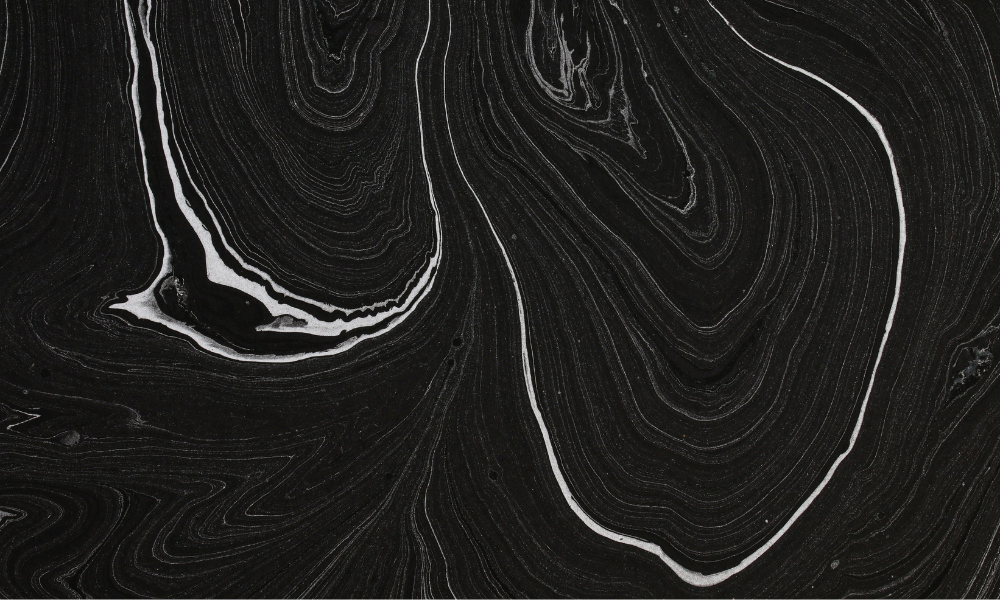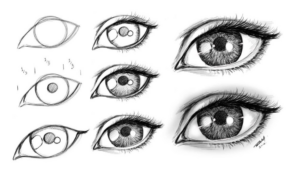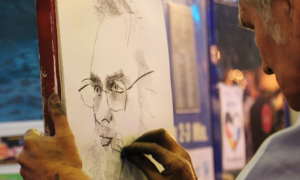In the realm of art, drawing is often seen as a preliminary stage, leading to more finished works in mediums like paint, stone, or plaster. However, drawing itself is a distinct form of visual art with a deep and extensive heritage.
Despite efforts to achieve photorealism where drawings resemble photographs, viewers are consistently impressed by an artist’s skill in realistically depicting subjects. Photorealism has even reached a point where it challenges distinctions between drawing and photography. In contrast, line art embraces the fundamental pleasure and essence of drawing itself.
What is line art?
Line art refers to a style of drawing characterized by the use of distinct, unshaded lines, typically in one color like black, to depict objects or figures without employing shadows or color blocks. This artistic approach emphasizes simplicity and clarity, relying solely on the arrangement of lines to convey shapes, forms, and sometimes even deeper meanings.
One of the most iconic examples of line art is Leonardo da Vinci’s Vitruvian Man, a masterpiece renowned for its combination of scientific precision and artistic expression. This drawing encapsulates various disciplines such as anatomy, philosophy, and artistry through its meticulous arrangement of lines and curves. It represents both the human form and broader concepts, making it a singular achievement in the history of art.
In essence, line art is more than just a visual style; it is a method that strips away distractions to focus on the essence of what is depicted. By eschewing gradients and colors, line art challenges artists to convey complexity and meaning through the simplicity and purity of lines alone. Leonardo da Vinci’s Vitruvian Man stands as a testament to the power of line art, showcasing its ability to transcend mere representation and achieve profound artistic and intellectual resonance.
Line art drawing styles
Contour drawing is often mistaken for line art, but they serve distinct purposes in artistic expression. While line art emphasizes the use of clear, unshaded lines to depict forms without color or shading, contour drawing specifically focuses on outlining the edges and defining the contours of objects or figures.
In contour drawing, artists meticulously trace the outlines of shapes, capturing the essence of the subject by emphasizing its fundamental features such as its silhouette and proportions. This approach simplifies objects to their essential forms, reducing them to their most recognizable outlines. Importantly, contour drawings do not include shading or coloring, relying solely on the purity of line to convey depth and shape.
It serves as an excellent exercise for artists, helping them refine their ability to observe and translate three-dimensional forms into two-dimensional representations. Despite its simplicity in technique, contour drawing demands precision and keen observation to effectively communicate the structure and character of the subject.
Famous artists throughout history have employed contour drawing as a foundational practice to hone their skills in depicting form and space accurately. By focusing on contours, artists not only capture the visual appearance of objects but also imbue their drawings with a sense of immediacy and clarity that can be further developed with more intricate techniques such as shading and coloration.





